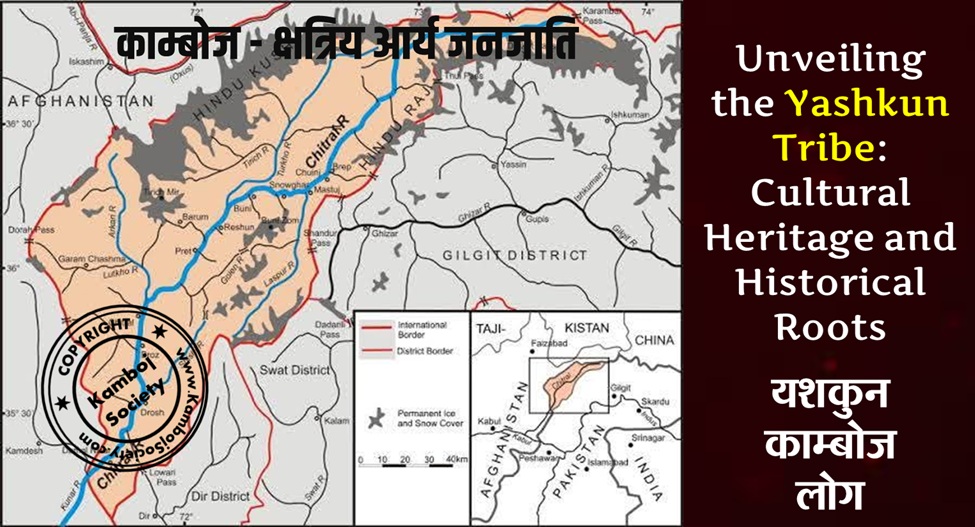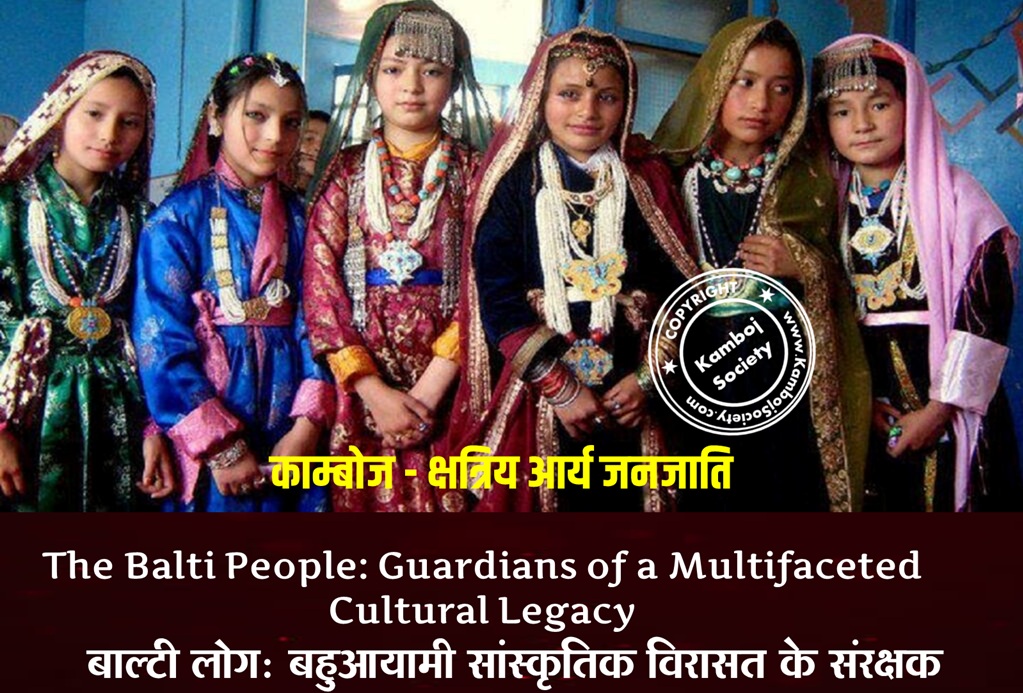Kambujiya or Cambyses I or Cambyses the Elder, Hindi: काम्बुजिया or कम्बुजिया, Persian: Kabūǰiya (Old Persian: Kambūǰiya, Elamite: Kanbuziya, Akkadian: Kambuziya, Aramaic Knbwzy; c. 600 BC–559 BC) was king of Anshan in Iran from c. 580 to 559 BC and the father of Cyrus the Great (Cyrus II) or कुरुश, younger son of Cyrus I, and brother of Arukku.[1] He should not be confused with his better-known grandson Cambyses II.
Cambyses was an early member of the Achaemenid dynasty (हख़मानी साम्राज्य). He was apparently a great-grandson of its founder Achaemenes, grandson of Teispes (चिश्पिश) and son of Cyrus I (कुरुश). His paternal uncle was Ariaramnes and his first cousin was Arsames.
According to Herodotus, Cambyses was "a man of good family and quiet habits". He reigned under the overlordship of Astyages, King of Media (एस्टिएज़, मीदि के राजा). He was reportedly married to Princess Mandane of Media, a daughter to Astyages and Princess Aryenis of Lydia. His wife was reportedly a granddaughter to both Cyaxares of Media and Alyattes II of Lydia. The result of their marriage was the birth of his successor Cyrus the Great. According to Nicolas of Damascus his original name was Atradates, and he was wounded and later died in the Battle of the Persian Border which he, with his son, fought against Astyages. It occurred in about 551 BC, and he is reported to have received an honourable burial. According to Herodotus, Astyages chose Cambyses as a son-in-law because he considered him to pose no threat to the Median throne, having dreamt his daughter would give birth to one who would rule Asia. This was not the case with Cyrus the Great who would go on to depose his grandfather and begin the Persian Empire.
Etymology
Though numerous scholars link Cambyses to the Sanskrit tribal name Kamboja (काम्बोज) there are also few scholars who suggest Elamite origin of the name.[2][3] Jean Przyluski had sought to find an Austric (Kol or Munda) affinity for Kamboja.[4]
Friedrich von Spiegel,[5] Sten Konow,[6] Ernst Herzfeld,[7] James Hope Moulton,[8] Wojciech Skalmowski [9][10] and some other scholars [11] think that Cambyses (Kambujiya) is adjectival form of the Sanskrit tribal name Kamboja.[12][13][5][14][7]
Spiegel also regards Kamboja/Kambujiya (Cambyses) and Kuru/Kyros (Cyrus) as the names of two pre-historic/legendary heroes of the Indo-Iranians (i.e. prior to their split into Indo-Aryans and Iranians ) which were later revived naturally in the royal family of the Achaemenes and further opines that the myths about Cyrus were largely due to the confusion between the historical and the legendary heroes of the prehistoric period [15]
James Hope Moulton regards Spiegel's suggestions as to the best of other etymological explanations of these two names.[8] As against this, Arnold J. Toynbee discusses the issue of two Persian names Kambujiya (Cambyses) as well as Kurush (Cyrus) elaborately and regards them both as derived from the two Eurasian nomads, the Kambojas and the Kurus mentioned in the Sanskrit texts and who, according to him, had entered India and Iran in the Volkerwanderung of 8th and 7th century BCE.[16][17]
Toynbee concludes that the conquest of the world by an elder branch of the House of Achaemenes had been achieved by the valour of the Kuru and Kamboja Nomad reinforcements, hence as a commemoration, the elder branch of the House had named all their great princes from Cyrus-I onwards, alternately, as Cyrus (Kurosh/Kuru) and Cambyses (Kambujiya/Kamboja).[18][19]
References
- Muhammad A. Dandamayev. "CAMBYSES". In Encyclopedia Iranica. 15 December 1990. Retrieved 1 January 2012.
- Tarvernier, J. (2007). Iranica in the Achaemenid Period (CA. 550-330 BC): Lexicon of Old Iranian Proper Names and Loanwords, Attested in Non-Iranian Texts. Peeters. pp. 18–19. ISBN 978-9042918337.
- Curtis, Vesta Sarkhosh; Sarah Stewart (2005). Birth of the Persian Empire, Vol. 1. I.B. Tauris. p. 21. ISBN 978-1845110628.
- Quoted in: Iranianism; Iranianism; Iranian culture and its impact on the world from Achaemenian times, 1972, p 7, Suniti Kumar Chatterji
- a b (Eranische Alterihumskunde, voL ii. p. 294)
- Kharosh?h? inscriptions: with the exception of those of A?oka, 1991, p 36, Sten Konow
- a b The Persian Empire, 1968, p 344-45, Ernst Herzfeld, Gerold Walser.
- a b See: Early Zoroastrianism, 2005, p 45, James Hope Moulton; See also: The Thinker: a review of world-wide Christian thought: Volume 2. p 490
- Studies in Iranian linguistics and philology, 2004, p 268, Wojciech Skalmowski.
- Pakistan archaeology: Issue 26, 1991, p 121, Wojciech Skalmowski, Pakistan. Dept. of Archaeology & Museums.
- See: ?tam: Volumes 7-10 , – 1976, p 45, Akhila Bharatiya Sanskrit Parishad, Lucknow; India antiqua: a volume of Oriental studies presented by his friends and pupils to Jean Philippe Vogel, C.I.E., on the occasion of the fiftieth anniversary of his doctorate, 1947, p 184, Instituut Kern (Rijksuniversiteit te Leiden); Journal: Issue 44, 1973, p 119, K.R. Cama Oriental Institute
- The Persian Empire: Studies in geography and ethnography of the ancient Near East, 1968, p 344 sqq, Ernst Herzfeld, Gerold Walser
- Historia (Ammienus Marcellinus), 1977, p 90, Art 199/200, Edourard Galletier, Jacques Fountaine.
- Orientalia Lovaniensia periodica: Issues 24-25, 1993, p 74, W. Skalmowski, Institut orientaliste de Louvain
- Die Altpersischen Keilinscheiften: Im Grundtexte Mit Uebersetzukg, Grammatik Und Glossar, 1881, pp 85/ 86, Friedrich von Spiegel; Cf: Kuhn's Beitr










